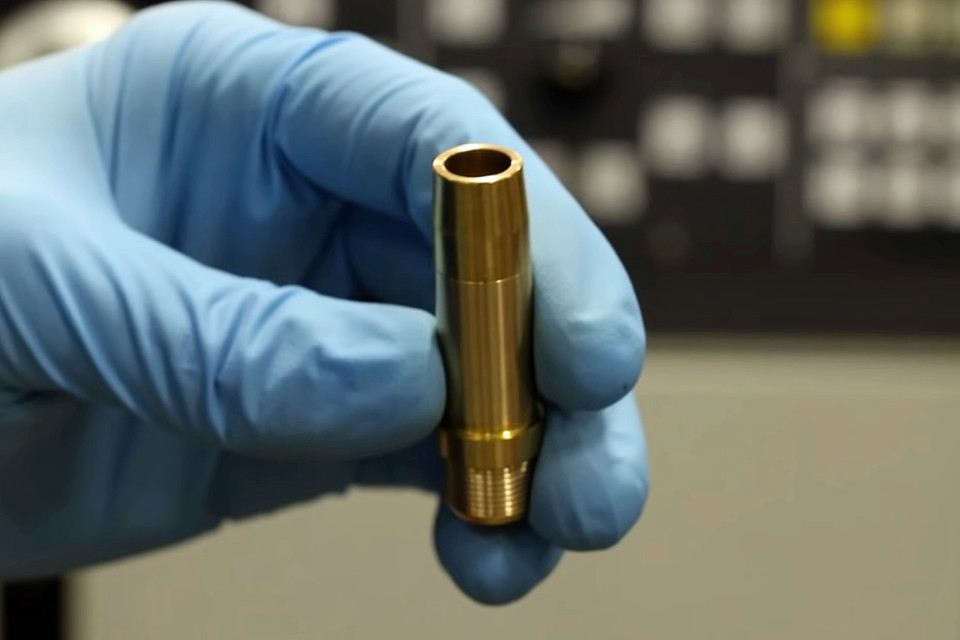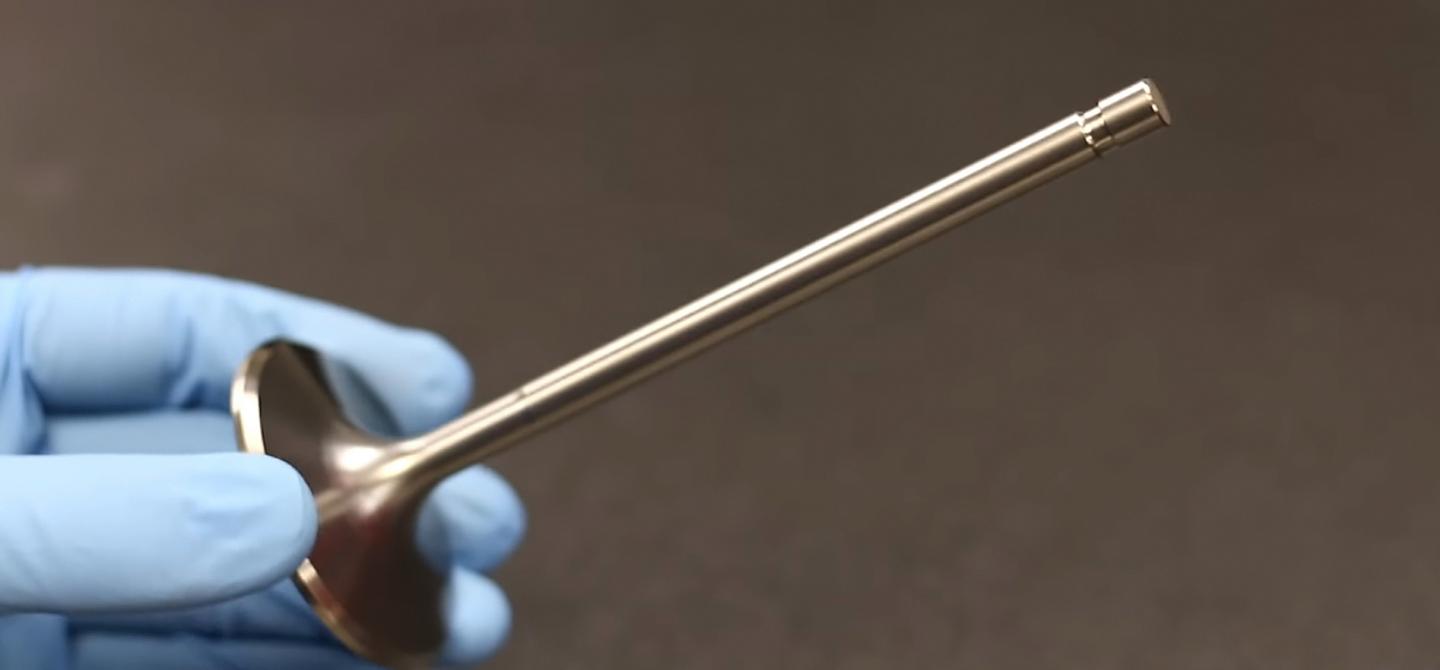When it comes to valvetrain, lighter is better. One of the simplest ways to shed weight in that area would be to switch from stainless steel valves over to titanium pieces. Titanium valves of the same size as their stainless counterparts can shed as much as 42-percent of the weight, with all of the strength. However, as Zeke Urrutia of Ferrea Valves explains, titanium valves still have some mystery surrounding them.
“For most applications, you don’t need titanium valves in a typical mild performance or street application,” Urrutia explains. “In fact, Titanium valves aren’t right for a lot of applications.” Because of that, the Ferrea tech line gets a lot of the same questions each week. To clear those up, Urrutia made this list of the top five most commonly asked questions relating to titanium valves.
What type of coating is used on Ferrea titanium valves?
“We’ve used several coatings throughout the years. For the past ten years or so, we’ve used chromium nitride (CrN), which is a coating that is applied at a very controlled thickness on the valve. Chromium nitride is applied to the entire valve, top to bottom.”

On this scale are two identical (dimension-wise) Ferrea intake valves; one in titanium, and one in stainless. If you do the math, the titanium version is 42-percent lighter than the stainless steel version, and can account for a significant valvetrain weight savings.
Can titanium valves be used in a forced-induction application?
“This is a great question, and one that comes up a lot. Typically,the use of titanium valves in a turbocharged engine comes down to the type of fuel you’re using. If you’re using methanol or alcohol, the properties of those fuels keep the combustion temperatures on the low end, so running a titanium valve is allowable on both the intake and exhaust side. A lot of Pro Mod engines use titanium valves on both sides, and that’s due to their use of methanol.
On the other end of that spectrum, if you’re running race gasoline in a turbocharged application, you’ll have to measure your exhaust gas temperatures to see what actual temperatures you are running, to see if you can run a titanium exhaust valve. In a lot of cases, we run a stainless exhaust valve with a titanium intake valve on the intake side.”
What is the best valve guide material to use with titanium valves?
“The best material to use with titanium will be a bronze-type guide. There are a lot of different types of bronze out there, whether it’s an Ampco 45, or a copper bronze – which we use a lot of – both materials’ properties work really, really well with titanium. Bronze dissipates heat very well and has a very high natural lubricity. Bronze shines, especially when compared to a cast iron type material guide which retains a lot of heat and, in turn, concentrates a lot of heat into the [valve] stem area. That can cause some unwanted growth in the titanium.”

Bronze valve guides are a must with titanium valves. Since titanium is much more affected by excess heat, you need a guide which will dissipate heat rather than hold it it. The natural lubricity of brass is also a friction-reducing (and by extension, heat-reducing) benefit.
What is the lifespan of a titanium valve?
“If I could tell you how long a titanium valve will last, exactly, I could probably also tell you the winning lottery numbers. It’s usually elongation that spells the end of a titanium valve. If you’ve got a drag race or road race engine, and it’s getting to where you are lashing the engine two or three times [per event], it’s usually time to replace the valves.
In an 11/32-inch-stem valve, when you get anywhere from .010 to .015 inches of stretch, that’s about time to replace them. Another indicator would be any wear in the seat area or the stem of a titanium valve. When you’re running titanium valves, you need to do much more maintenance on the engine to monitor these factors.”
Can you mix titanium intake valves and stainless exhaust valves?
“Absolutely. We use the combination of titanium intake and stainless exhaust valves in a lot of different combinations, as I alluded to in question two. You want to always, always look at valvetrain mass and weight overall. Titanium is always looked at for its light weight. You’ve got a valve that is 40-42-percent lighter than a stainless valve, and when you look at the valves, the intake valve is the larger of the valves in an engine. So you want to lighten up that larger intake valve and reduce some of the valvetrain mass, by replacing them with titanium valves.”

















